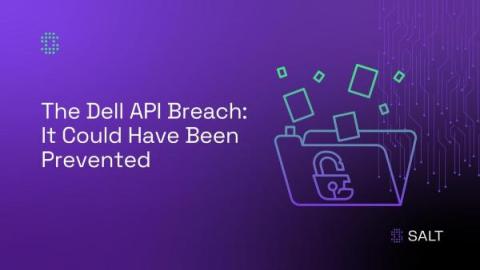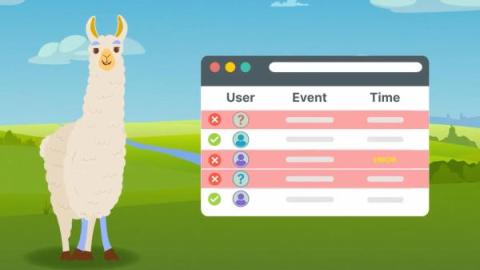Using AI to Build Apps & Automations: Top Cybersecurity Concerns
With the democratization of application development, users can now quickly create powerful applications without deep coding skills using AI copilots and low-code/no-code development tools. However, this ease of use can also introduce vulnerabilities, especially since many new developers aren’t well-versed in low-code application security best practices.











